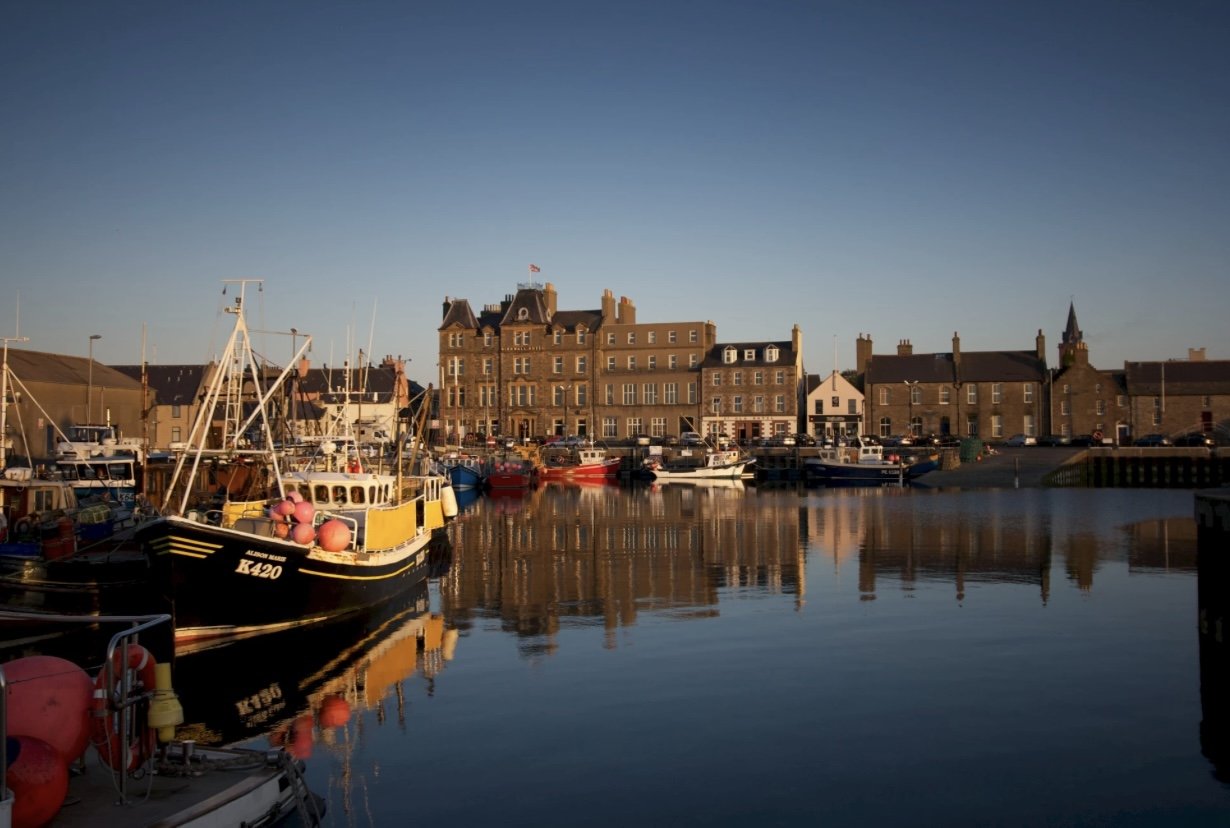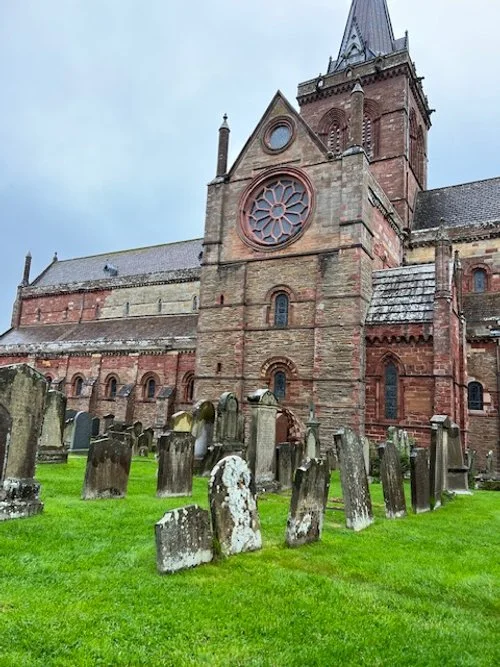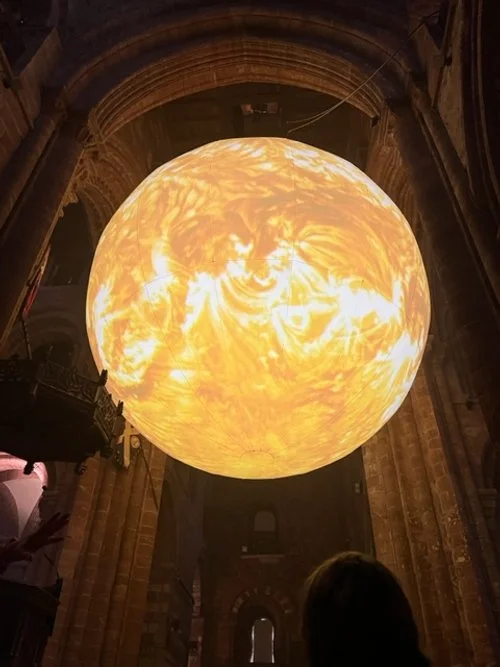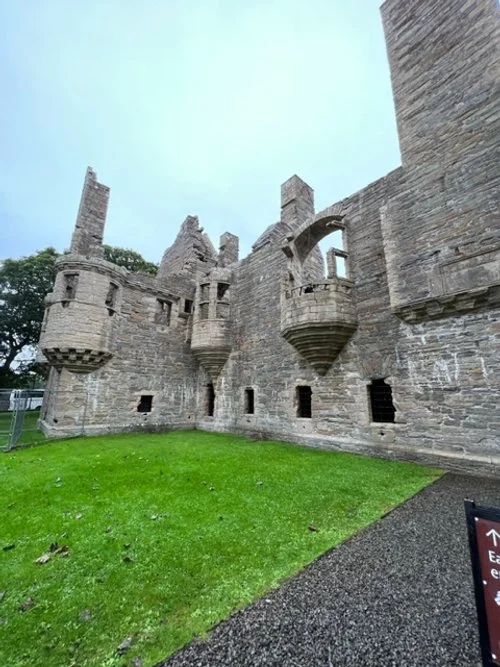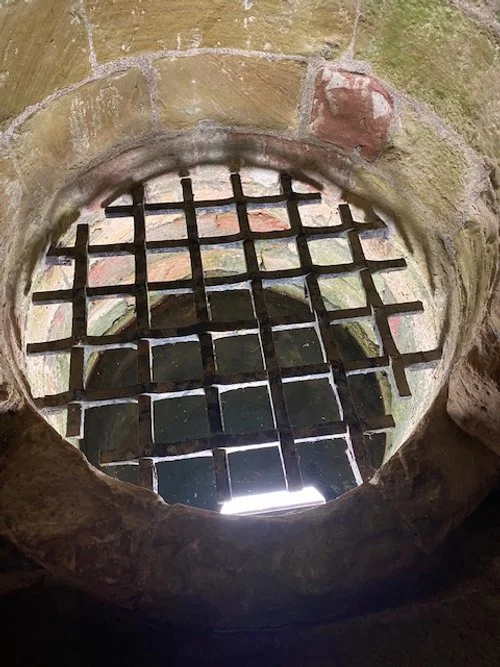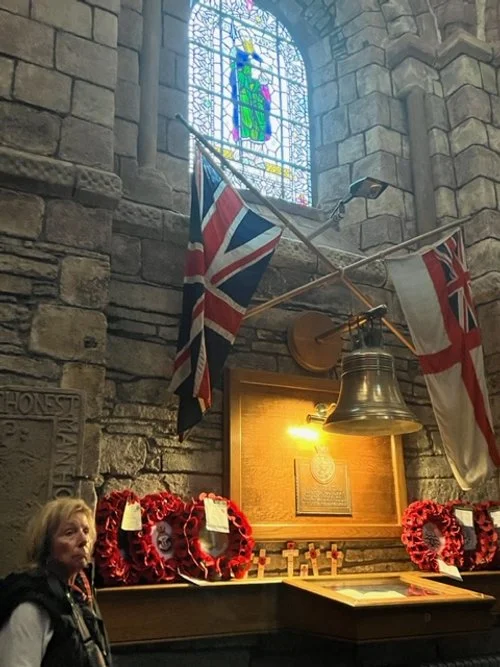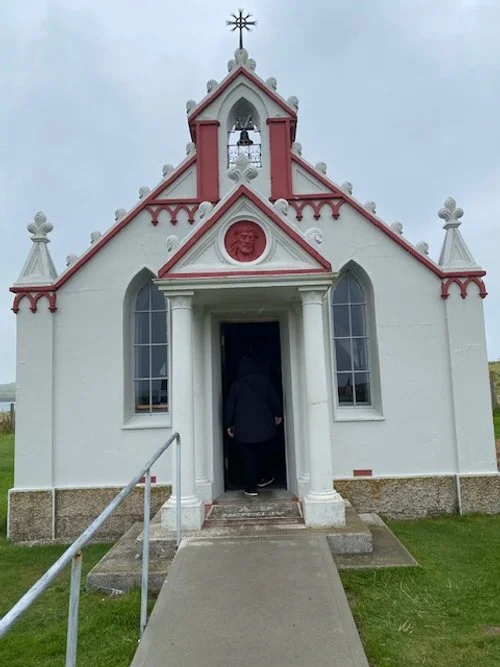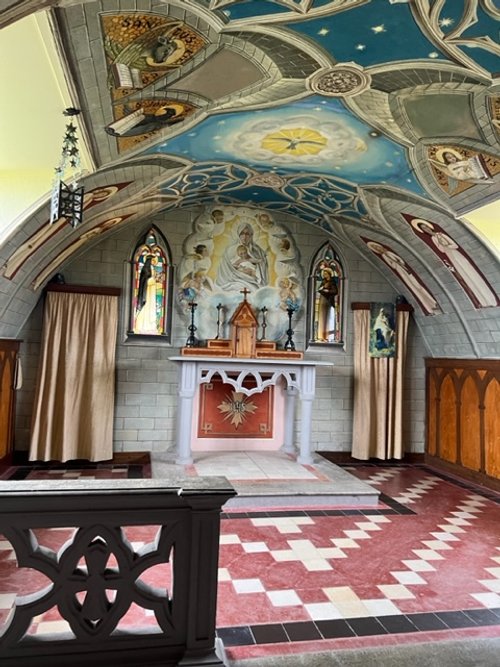Scotland Adventure 2023 - Day 8
The sunrise over the Le Champlain in Kirkwall, Orkney Islands, Scotland was spectacular. We had not seen the sun in over a day. Our breakfast was delivered at the crack of 8:30 am and our excursion is scheduled for 1:40 pm.. It is another casual day in Scotland. There are seventy islands in the Orkneys of which only twenty are inhabited. The largest island is called the Mainland. Kirkwall is the capital. This island has been inhabited for 8,500 years.
The harbor at Kirkwall. The definition of Kirkwall is Church Bay.
Here are two obscure things I learned about Scotland - Mac and Mc means “son of” in Gaelic. Farms are called crofts and farmers are called crofters.
It seems that all of these harbor towns have their horrors. In this case Kirkwall has horrors spreading over time from from 1137 to 1939. In 1137 the Viking Earl Rognvald built a cathedral to honor his uncle Saint Magnus who was killed and became a martyr. The Earl Magnus travelled to Egilsay in 1116 to confront a rival Earl. The meeting didn’t go well and ended in the murder of Earl Magnus. Twenty years later in 1136 he was recognized as a martyr and named a Saint.
St Magnus is one of two cathedrals in Scotland not destroyed in the Protestant reformation. Glasgow cathedral is the other. Saint Magnuses bones are interred in a column next to the pulpit.
The church was hosting a display of a scale model of the sun. The model lights up from the inside and shows the patterns of sun spots. It is a bizarre sight to see the sun light up inside a church.
Across the street from St Magnus cathedral is Stewart castle. Patrick Stewart, Earl of Orkney was the bastard son of King James V. The Earl was known for his godless nature and tyrannical rule. He eventually angered the king enough that he was arrested and executed for high treason. Patick’s eighteen year old son Robert attempted a coup to take over his fathers castle. Robert was arrested and hung for treason. Patrick chose to be beheaded. A person that is being lead to the chopping block is expected to recite the Lord’s prayer. On his way to his execution Patrick proclaimed he never learned the Lord’s Prayer. He was given one additional week to learn the Lord’s Prayer and then he was beheaded. Not one of his subjects shed a tear for the Earl as he and his son were so hated.
Stewart castle was abandoned after the Earl’s execution. The King never assigned another Earl to the Orkney Islands. They fell under the direct control of the King of Scotland.
Every castle needs a well to provide water in times of siege. This is the well inside Stewart castle.
The British used Scapa Flow near Kirkwall as a safe harbor for their fleet of warships There were four entrances to Scapa Flow. The admiralty determined enemy ships could not pass through three of the channels so they guarded only the main channel. In 1939 someone forgot to tell the German captain of U-47 that he could not enter Scapa Flow from the east. The German captain had his pick of fifteen British warships at anchor. He chose the battleship HMS Royal Oak. The torpedo struck the Royal Oak at 1:00 am. The watch crew heard the explosion and thought it might have a small explosion in the paint locker. They never considered a torpedo from a submarine because no submarines could enter the harbor. The Germans fired a second torpedo and barely missed. The crew noticed some turbulence in the water. With no reaction from the battleship the German U-boat took their time lining up their third torpedo. The torpedo hit midship and caused a huge explosion and gaping hole. The ship tipped and the heavy guns swung toward the water causing the ship to tip more. It was a hot night so all the hatches and bulkhead doors were open. The ship sank instantly with 833 crew drowned. The U-boat escaped unnoticed.
This is the shrine in St Magnus cathedral for the 833 sailors lost onboard the HMS Royal Oak. The ship’s bell is on display.
Winston Churchill ordered the three entrances to Scapa Flow closed permanently. Six hundred Italian prisoners of war were shipped to Orkney to build the barriers. They were housed in Quonset huts and began building the barriers. The Italians were given two extra Quonset huts to build a church. They built the church on their time off with materials they could scavenge. When Mussolini surrendered they were no longer prisoners of war. The war was still raging in Europe so there was no safe way to send them home. They remained in the camp for one more year. The church is maintained to this day.
This Catholic Church was built by Italian prisoners of war.
The interior of the church is very ornate. It was hand painted by a single prisoner.
So ends our day in the Orkney Islands. Tomorrow we will wake up in Lerwick, the capital of the Shetland Islands. We will be spending a full night and day at sea cruising from the Shetland Islands to Edinburgh on Tuesday. As a result, the blog may not be as timely for a day or two. Stay tuned.

